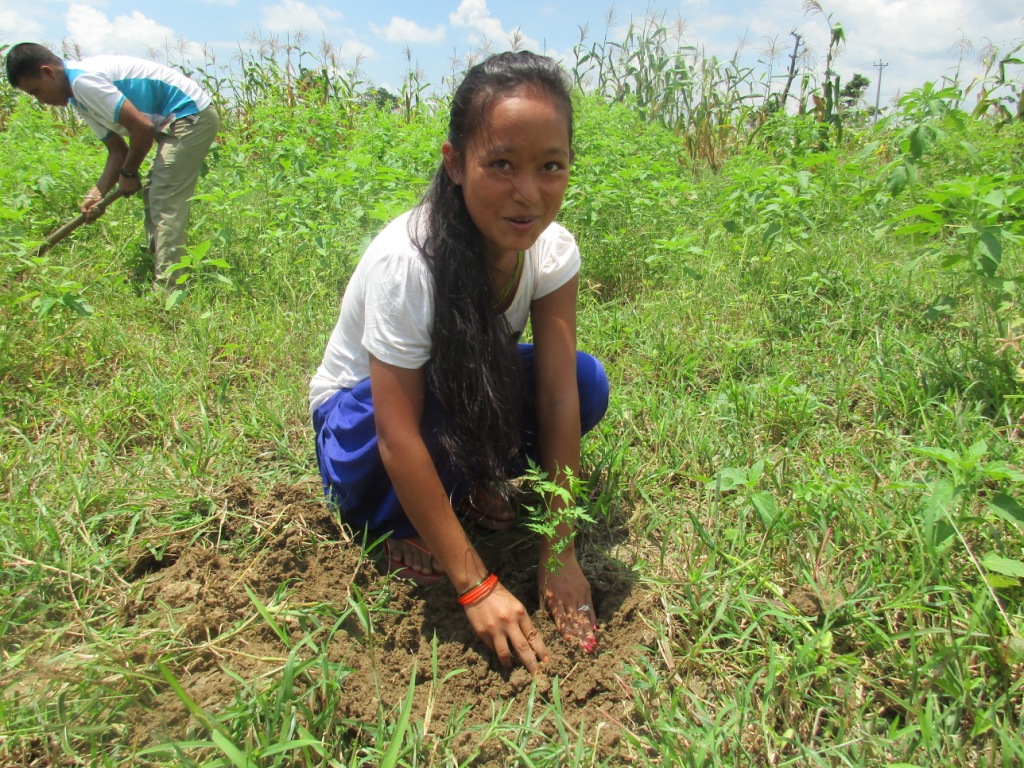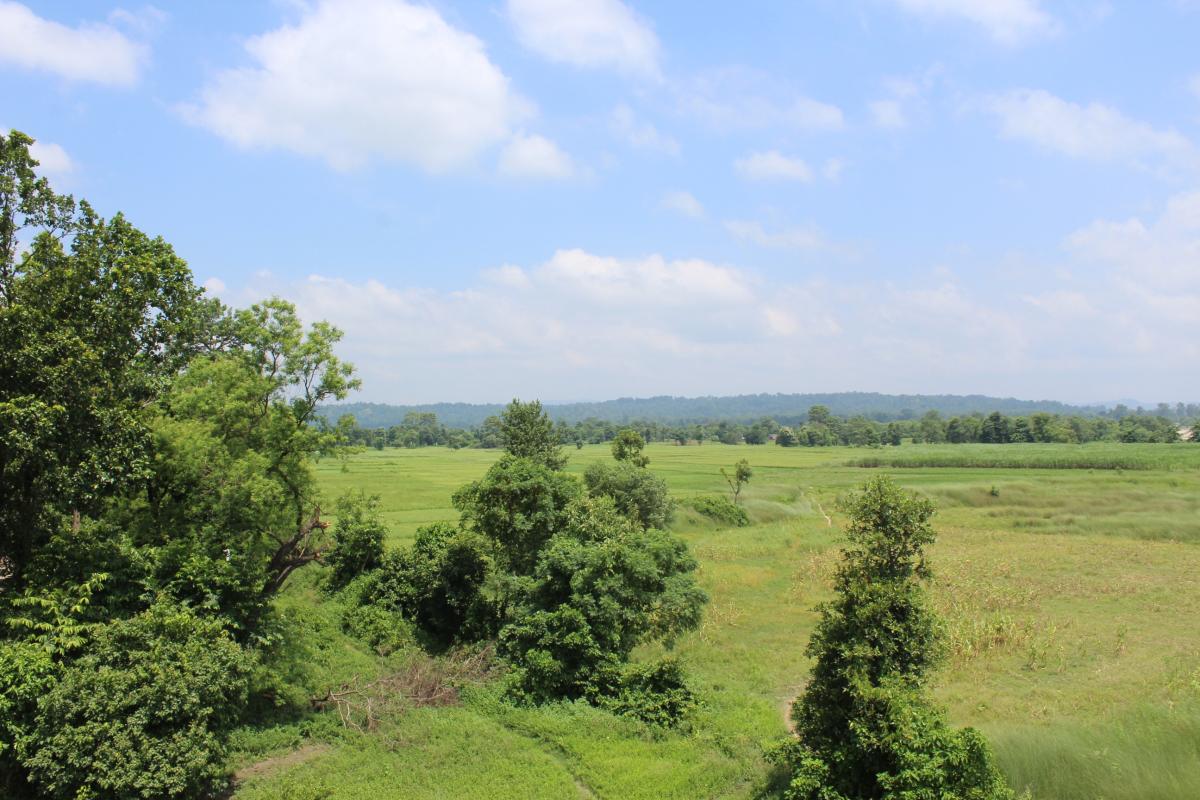Chitwan-Parsa-Valmiki Complex: Corridors for the future of tigers
The foothills of the Himalayas between India and Nepal are a landscape with forests, flood plains and grasslands, the grass being often much taller than a human. It`s home to rhinos, elephants, gaurs – and an estimated 150 Tigers, possibly more. The Terai Arc Landscape is one of the prime landscapes for tiger conservation. It stretches for a distance of c. 800 km from the river Yamuna in the west to the river Bagmati in the east.
Decades ago, this landscape was continuous and broad. Today it's under enormous pressures. Population density (c. 500 people/sq.km) is still on the rise and development is unplanned. Wildlife populations are becoming increasingly isolated, vulnerable to inbreeding and loss of viability. This is very much true for wide ranging animals like tigers.
But there is still some hope.
WWF’s conservation efforts here fall in a very fragile area with high ecological benefits. The Chitwan-Parsa-Valmiki Complex is a large forested tract with a shared boundary of approximately 100 km. It's home to rhinos, elephants and tigers. The 3,669 km2 protected areas complex has been identified as a priority landscape for tiger work.
The long-term survival of tigers depends on the connectivity between the protected areas. Chitwan National Park, which is one of the first parks to have been CA|TS (Conservation Assured Tiger Standards) accredited in the world and where tigers thrive, is the source population for both Parsa and Valmiki reserves. As a result tigers moving out of Chitwan NP need to be able to move freely through the landscape in order to reach the other parks which are not at carrying capacity.
The corridors that would allow them to do so are threatened, but still functioning. When project officers walked into the Valmiki-Parsa corridor during a camera deployment exercise, a fresh tiger pugmark showed a clear testimony of the tigers’ ability to survive in these corridors. However, the connectivity is threatened by forest loss, illegal settlements and upcoming unplanned linear infrastructure like roads and railway.
The main initial conservation measures are now planting trees and establishing new forest patches, changing land-use practices, like grazing in selected areas and avoiding further vegetation losses – as well as reducing human-wildlife conflicts due to tiger encounters.
Apart from community empowerment, livelihoods improvement, patrols and compensation payments, the habitat restoration and maintenance activities are certainly important pillars to make our ITHCP project successful and build a peaceful coexistence between local communities and the surrounding wildlife.
Written by Dr. Kanchan Thapa (WWF Nepal), Dr. Kamlesh Maurya (WWF India) & Michael Zika (WWF Germany)









